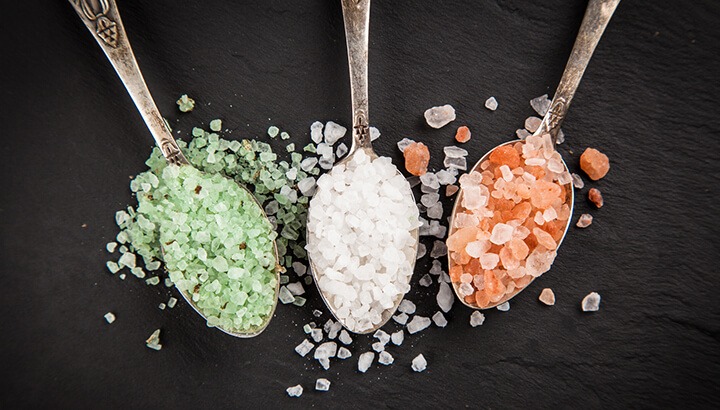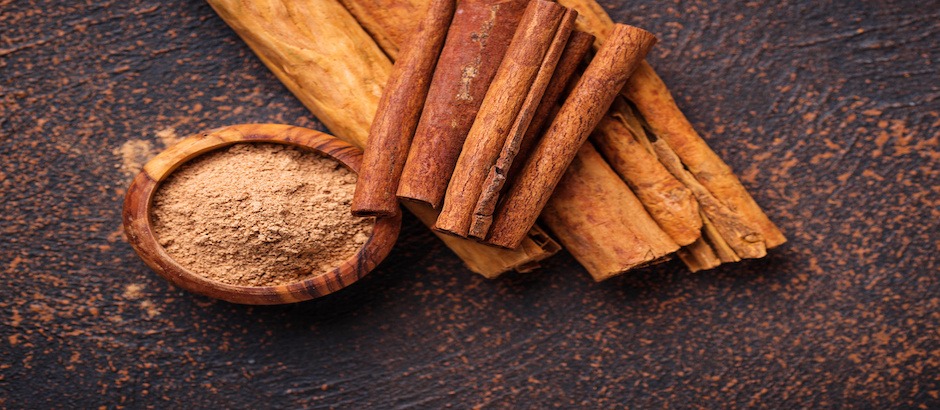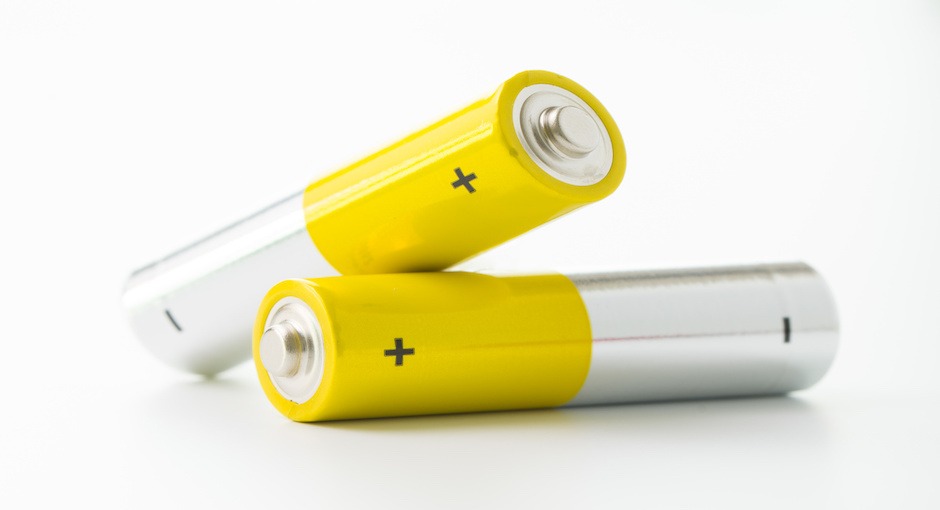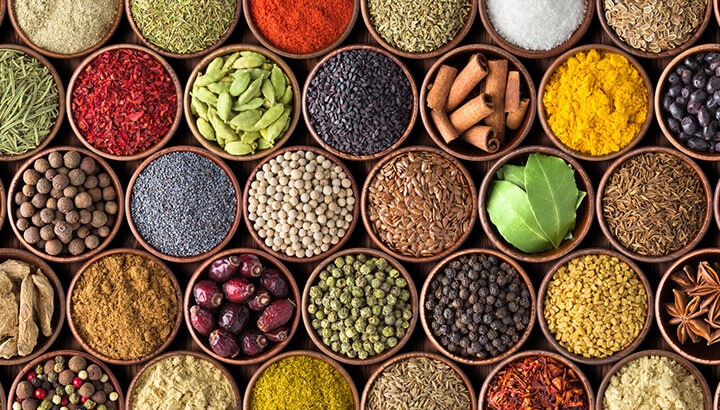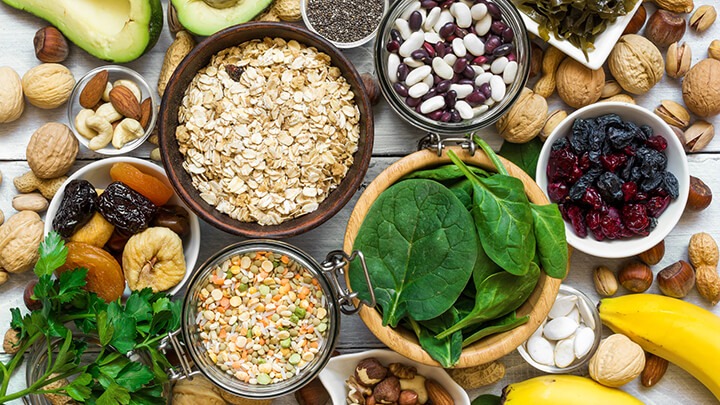Salt is essential to life, but consuming too much–as most people do–is decidedly unhealthy. In my practice, I see a parade of patients with hypertension (high blood pressure) and all of the cardiovascular risks that go with it. Excessive sodium consumption clearly pays a role in these conditions…and restricting salt intake is often a part of the treatment plan.
Most people mistakenly believe that forgoing the salt shaker is the best way to cut down on excess salt in the diet. A recent study published in the journal Circulation, however, highlights a major shortcoming of this approach. Simply stated, the latest research findings suggest that about 70% of the sodium we consume comes from either restaurants or processed food.
Here are some important takeaways from the study:
Only about 10% of our average daily intake of salt comes from sprinkling.
Another 15% comes from naturally occurring sources in foods.
The best way to reduce sodium intake is to cut processed foods from your diet and prepare your own meals.
Lowering salt intake significantly reduces your risk of hypertension, high blood pressure, and cardiovascular disease.
I don’t want to make sodium out as a completely evil villain. As I’ve mentioned, salt is an essential nutrient. According to nutrition science, however, 200 to 280 milligrams is all a person needs to keep their body systems in good working order. On the other hand, the average American consumes about 4,000 to 6,000 milligrams of sodium per day!
Sodium helps the body maintain the proper electrolyte balance and regulate fluid levels. However, most people are consuming six to eight times more salt than they need. No wonder so many people today are afflicted with conditions associated with excessive salt intake like high blood pressure, fluid retention, muscle cramps, and even kidney problems and heart disease.
So…for most people, it makes sense to significantly decrease salt consumption. The best way to do that is to prepare meals yourself using fresh ingredients and real, whole foods. Put simply, If you are eating a diet rich in organic fruits and vegetables, then you are already getting adequate amounts of sodium. After all, some amount of salt is found in virtually all the foods we eat including apples, celery, carrots, beets, and eggs.
Bottomline, if you are consuming a lot of natural foods, then you are already getting the right amount of sodium. If you do opt to add salt in homemade recipes, then I’d recommend Celtic sea salt or Himalayan salt, which still contain vital minerals that are generally stripped away in most traditional table varieties.
Avoiding processed foods and preparing your own meals from fresh whole ingredients is the best way to make sure you are not getting too much salt in your diet. I also recommend experimenting with alternative flavorings such as garlic, chili, dried herbs, spices, and lemon juice, which can add excitement to your meals.
Many of my patients with hypertension or heart disease wish they had made lifestyle changes ten or fifteen years prior. However, for most people, it’s never too late to start making healthier choices.
Being aware of the amount of sodium you are consuming can be helpful, but I urge my patients to discard packaged/processed foods whenever possible. Salt is something of a proxy–when you see a high sodium content on a box or can label it’s usually an indicator of an unhealthy food. Instead, opt for all-natural whole ingredients as much as possible and you’ll significantly cut your risk of getting sodium-related diseases.
Take good care,
Dr. Joshua Levitt


